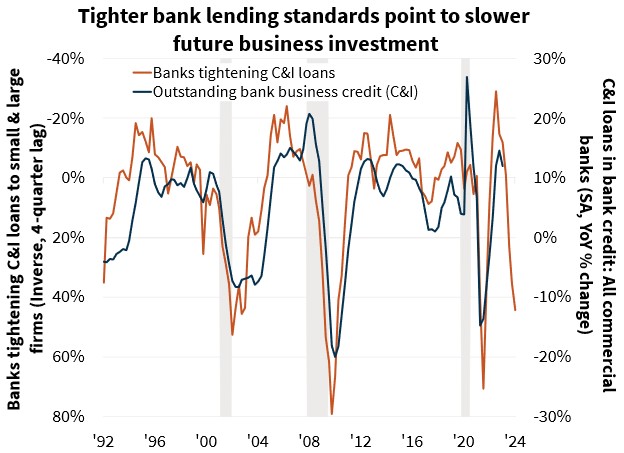
Fannie Mae [1] is still predicting recession conditions in the second half of 2023, according to their Economic and Strategic Group’s [2] latest monthly commentary [3].
Though, unusual market conditions are complicating Fannie Mae’s outlooks, notably that consumer spending is unsustainably high compared to average incomes and that recession is the typical conclusion to a monetary policy tightening regimen.
However, usual channels which helps monetary policy slow the economy may be disrupted by other economic channels, such as the fact auto sales are up and new home builders are gaining confidence in the economy.
Existing-home sales have remained near predictions made by the ESR’s forecasts for additional gradual declines by the end of the year due to affordability constraints and a tight inventory of existing homes for sale. This is partially a result of the so-called “lock-in effect,” in which existing homeowners are disincentivized from listing their homes for sale because their existing mortgage rate is well below current market rates. As such, housing demand has shifted further toward the new home market, bolstering builder optimism and the ESR Group’s single-family starts forecast. However, on the multifamily side, the ESR Group continues to expect a significant slowdown in starts later this year resulting from tightening credit conditions, slower rent growth, and higher vacancy rates.

“There are select data available to support several alternative views of the path of the economy, though we maintain our view that a modest recession will begin in the second half of 2023,” said Doug Duncan [4], SVP and Chief Economist at Fannie Mae. “Housing remains exhibit number one for why we expect the recession to be modest. It continues to outperform our expectations, and we expect that its relative strength will help kickstart the economy into expanding again in 2024. Inflation has been resistant to Fed efforts to drive it down, and we view the risks to our baseline forecast as tilted toward more tightening rather than easing—although, for the moment, the Fed has adopted a wait-and-see approach.”
